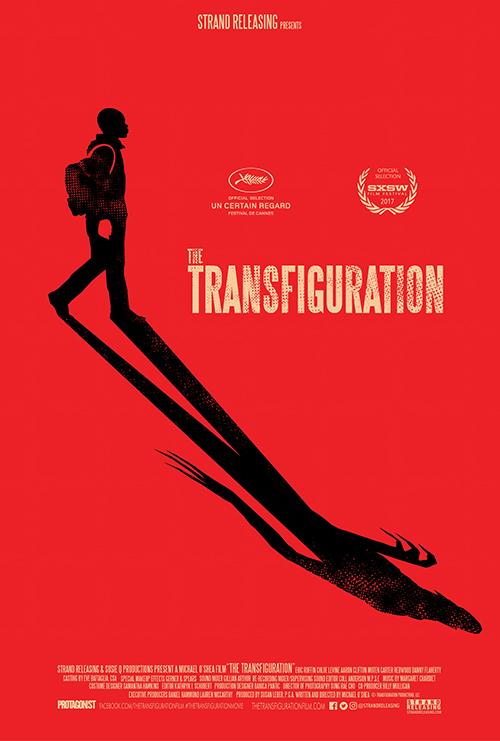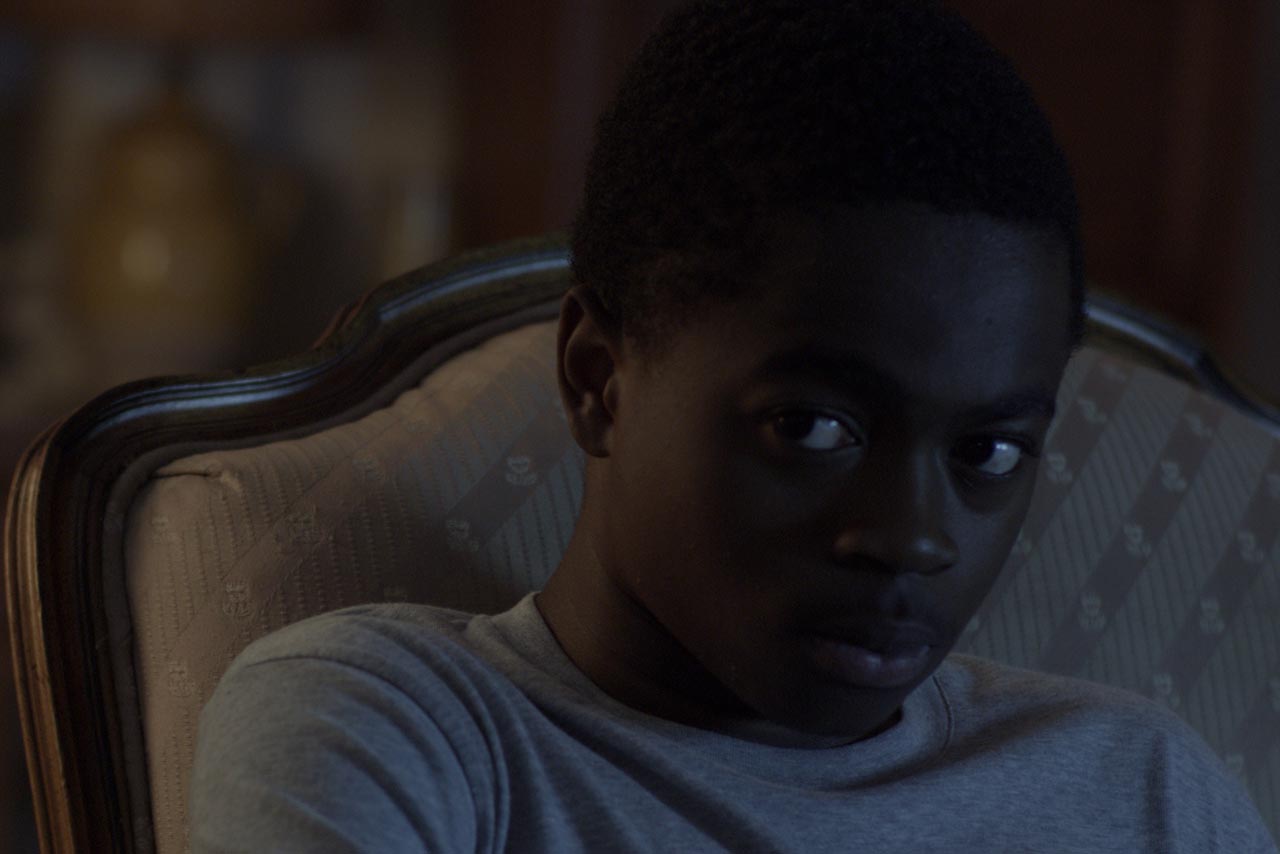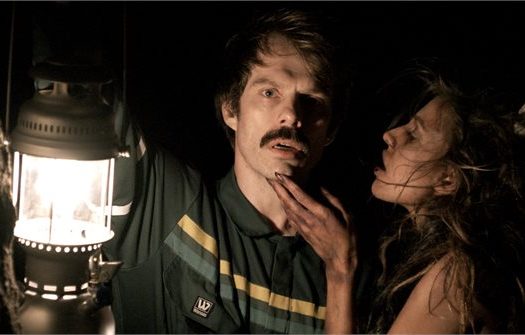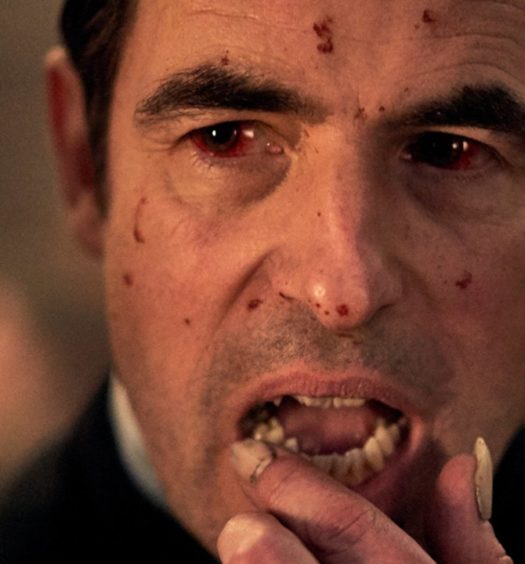The Transfiguration opens much like George A. Romero’s Martin, with a claustrophobic scene of violence. In Martin, the film’s titular character attacks, drugs, and rapes a woman on a train before drinking her blood. This sexual aspect is reflected in the opening of The Transfiguration. When a man hears suspicious noises in a train station bathroom, he peers under an occupied stall to discover what he thinks is a male/male hookup. Clearly uncomfortable, he quickly leaves the restroom.
The camera pulls back—but only slightly—from the interior of the stall to reveal a young African-American male feasting on the blood of an older man seated on the toilet. The transgressive nature of this act is made more unsettling by the lack of emotion on the young man’s face. The film soon reveals that he is named Milo and he thinks he’s a vampire.
The Transfiguration pushes against the boundaries of not only horror films, but also the vampire genre itself.
There are a lot of similarities between The Transfiguration and Martin, and director Michael O’Shea (who also wrote the script) acknowledges this by proxy; Milo tells his girlfriend Sophia that it’s one of his favorite vampire films because it’s so “realistic.” Like that film, the tone of The Transfiguration pushes against the boundaries of not only horror films, but also the vampire genre itself. It is slow, meandering, and mostly quiet; for a majority of its run time the horror comes from the bleak situations in which the characters are trapped. In this way, it feels tonally (and narratively) similar to Simon Rumley’s Red White & Blue. There is poverty, gang violence, abuse, suicide, rape, mental illness, self-harm, and the hopelessness which accompanies such things.
Because of this, The Transfiguration does not rely on the aesthetic artifice of many horror films about vampires. It doesn’t have the Gothic gloss of the Underworld franchise or The Vampire Diaries (or even the Twilight films which Sophie favors). O’Shea and cinematographer Sung Rae Cho focus on urban blight: housing projects, bus shelters, vacant lots. It is the grim reality of the characters’ lives that makes Milo’s pathology that much more disturbing.
Like John Wayne Cleaver in I Am Not A Serial Killer, it is difficult to get a read on Milo. Is he a sociopath? Does he enjoy killing people? His obsession with watching not only vampire movies, but also graphic videos of animal slaughter is off-putting, but he does not seem malicious or malevolent… until he attacks. Yet his monstrosity does not define his every action in the film, which makes him complicated. We sympathize with him, but we are also revolted by him.
While the racial aspects of The Transfiguration are not as politically pointed as the ones in Get Out, they definitely inform the story and create an undercurrent of tension.
The score, by Margaret Chardiet of Pharmakon, helps set the tone of dread that ebbs and flows throughout the film. O’Shea’s straightforward, realistic dialogue is brought to vivid life through strong performances from the cast. The acting is often understated and deliberate, but that doesn’t mean that each character isn’t sharply defined. While the racial aspects of The Transfiguration are not as politically pointed as the ones in Get Out, they definitely inform the story and create an undercurrent of tension.
The film’s unexpected but inevitable ending may catch viewers off guard emotionally because they didn’t realize how invested they were in a character who is, for all intents and purposes, a murderer. That is the magic of a movie like The Transfiguration; it is a humanizing portrait of someone who is, if not a monster, definitely monstrous. The distinction between mental illness and monstrousness is a razor’s edge; if you veer too far over one side, you might bleed to death.
The Transfiguration opens in New York on April 7 at the Angelika Film Center before opening in Los Angeles on April 21 at the Nuart Theater.

The Transfiguration [Review]
Disturbing
A humanizing portrait of someone who might be a monster.































